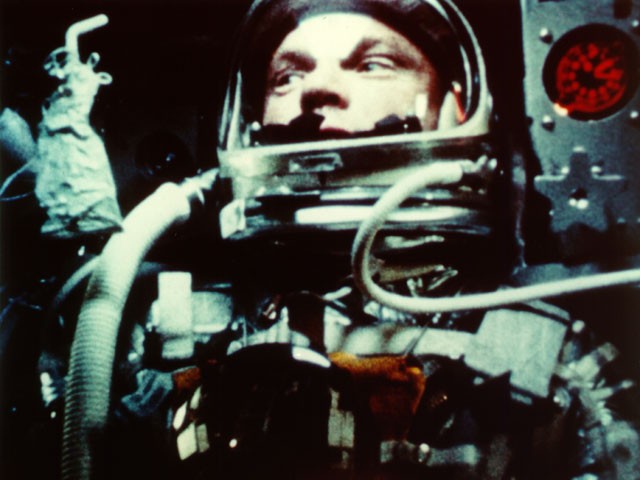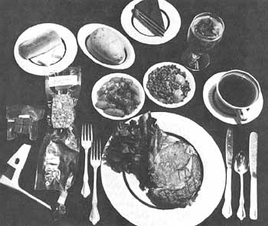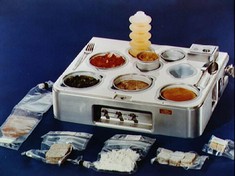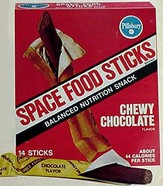Tales of Future Past v2
Main menu
- Home Page
-
Life on Other Worlds
- Life on Other Worlds
- Life on the Planets
- Life on the Moons
- Tales of the Stars
-
Future Living
- Future Living
- Life in 2000 AD
- Leisure
- Shopping
- Drive-In Market
- Cosmetics
- Laundry
- Strikerette
- School: 1999
- Optionics
- Life in 2055
- Future Movies
- Sensorama
- Scopitone
- Radio Pirates
- Weather Control
- Automatic Lumberjack
- Cold Light
- Eternal Youth
- Cryonics
- Suspended Animation
- Space Funeral
- Space Holidays
- Trapped by Television
- Robot Dogs
- Churchill: 1982
- Future House
- Future Kitchen
- Future Food
- Future Work
-
Future City
- Future City
- Skyscraper World
- Tomorrow's Skyline
- Urban Utopias
- World's Fair City
-
Future Transport
- Future Transport
- Rollerball
- Hydrofoil
- Tourism
- Future Liner
- Monorail
- Garden Rail
- Propeller Rail
- Water Rail
- Rocket Trains
- Radio Trains
- Rocket Mail
- Jet Boat
- Desert Liner
- Huge Truck
- Channel Tunnel
- Iron Whale
- Sea Slug
- Sea Slug 2
- Hovercraft
- Ice Field
- Rocket Port
- Vacuum Trains
- Transatlantic Tunnel
- Future Lift
- Travel: 1928
- Concrete Liner
- Teleportation
- Future Car
- Death Rays
NASA Food

Nasa didn't really need to go quite so high tech with the vittles, but the agency's mandate in the early days was never to use something off the shelf when they could reinvent the wheel, which is the reason why they created nitrogen-
Mercury Even though the first Mercury space missions only lasted a few hours at most, John Glenn et al had box lunches packed for them – not because they might get a bit peckish while sailing through the vastness of space, but because no one even knew whether or not it was possible to swallow in in zero gravity. So, they figured it might be a good idea to find out before they started conquering the Cosmos. Good thing there wasn't any problem, as finding someone to administer the Heimlich manoeuvre in low orbit might have proven a tad difficult.
Even though the first Mercury space missions only lasted a few hours at most, John Glenn et al had box lunches packed for them – not because they might get a bit peckish while sailing through the vastness of space, but because no one even knew whether or not it was possible to swallow in in zero gravity. So, they figured it might be a good idea to find out before they started conquering the Cosmos. Good thing there wasn't any problem, as finding someone to administer the Heimlich manoeuvre in low orbit might have proven a tad difficult.
The food for the Mercury missions was not what one would call haute cuisine. The first meals were aluminium tubes filled with apple sauce, sugar tablets, and and "food cubes" coated with gelatine to keep crumbs from floating off and getting into the works. Even when the menu was expanded to include freeze dried meals the fact that they were prepared by squirting cold water into a toothpaste tube and then sucking it out with a straw prevented Nasa from getting more than one star from Egon Ronay.
Gemini I always enjoy meals I have to eat with scissors and a hose. The Gemini missions saw an improvement in space food, though it requires a generous definition of "improvement."
I always enjoy meals I have to eat with scissors and a hose. The Gemini missions saw an improvement in space food, though it requires a generous definition of "improvement."
By now food was being packed in squeezable plastic pouches to make mixing the freeze dried powder easier and there was hot water so the astronauts weren't eating cold scrambled eggs, but powder is powder and there isn't much of any way to dress up pureed shrimp cocktail sucked out of a plastic bag.
Apollo The Apollo Lunar landings saw one small step for man and one teeny step for supper.
The Apollo Lunar landings saw one small step for man and one teeny step for supper.
If you examine the photo on the left you can see the dream and reality of dining at Café Tranquilité. On the right of the photo you can see a steak dinner. On the left is the same meal reduced to the freeze-
If the first bite is with the eye, then this is one meal you want to eat in the dark.
Skylab By the time Skylab came along things had become a bit more civilised. The menu had expanded to include 72 items.
By the time Skylab came along things had become a bit more civilised. The menu had expanded to include 72 items.
Of course, shrimp cocktail was 38 of them, but this is a government programme.
The food was now heated in an oven with about the heat capacity of a '70s college dorm model and was served in individual trays. Beverages meanwhile came pre-
Space Food Sticks I remember these things very vividly. They were originally developed for the American space programme as a way of providing astronauts with a snack that wouldn't break into crumbs and that could be stuck through a special valve in a space helmet to provide food in case of an emergency – assuming that one had a space helmet with a handy special valve attached.
I remember these things very vividly. They were originally developed for the American space programme as a way of providing astronauts with a snack that wouldn't break into crumbs and that could be stuck through a special valve in a space helmet to provide food in case of an emergency – assuming that one had a space helmet with a handy special valve attached.
They weren't much to write home about in terms of taste and the texture was that of window putty, but astronauts ate them and that was good enough for any eleven year-
I managed to get a few boxes from the States and even showed them to my class at school with great pride that I'd secured a true artefact of the Moon Race. My teacher then killed two birds with one stone by using me as an object lesson on the nefarious powers of corporate marketing and how to humiliate a boy by making him look like a complete burke in front of his peers.
Nice one, sir!
Tang Then there was Tang.
Then there was Tang.
Contrary to popular belief, this powder that turned tap water somewhat orange tasting was not developed by the American space programme, but had been kicking around on the shelves for some years before Nasa decided that their astronauts were enjoying life too much and added it to their meals.
What other explanation could there be? A flask of tea was too much trouble?
Russia Meanwhile, the Russians, working with more primitive resources, dodged the whole high tech food route and opted for just having their cosmonauts take along tinned tongue like any other camper.
Meanwhile, the Russians, working with more primitive resources, dodged the whole high tech food route and opted for just having their cosmonauts take along tinned tongue like any other camper.